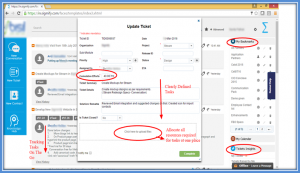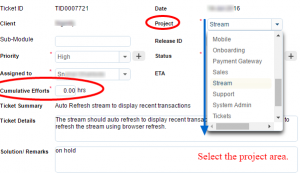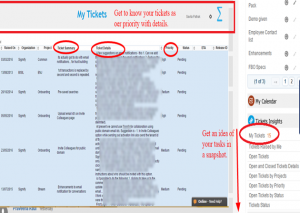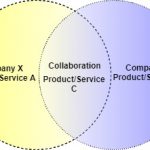In the 1st part, we showed how a small team of enthusiastic professionals were driving release management.
What started as a quarterly roadmap setting meeting resulted in everything but the roadmap. Every team member seemed to be bogged down with the sheer amount of over-seeing work. Not the tasks. It was a revelation when they realised that it took more to stay updated, brainstorm and create tasks in the excel than actually working on the tasks.
Excel, a great tool, seems to inherently lack the properties of a collaboration tool. In fact, it is one of the costliest project management mistakes which can have far-reaching after effects. Take a look at the random task list screenshots to comprehend how unproductive excel or spreadsheets can be, for collaborative work environment.
Case Study – Release management planning for deployment of an application for the end users.
After grappling with the multitude of problems, the organisation switched to a collaborative tool. Here is a screenshot of how it was used:

Assign Tasks As Per Projects

Tracking The Tickets

Challenges That The Tool Solved:
– The project manager who would keep updating the excel also had to mail the latest version to all team members. They had to keep updating the versions, so that there is no room for error in the tasks. This was a time-guzzler that needed to be tackled.
– Multiple copies of task trackers were floating around which needed to be updated and sent to project manager every day. These copies needed to be collated into a single one. Another time consuming activity which was bound to result in errors and contribute to undesirable fatigue. The option of using a shared folder on cloud was available but even that had its own share of woes.
– Too many ad-hoc meetings had to be arranged to track status as the excel tracker could not give the team real-time data.
– Too much manual intervention causing loss of productivity
Benefits Of the Collaborative Framework
- The project manager had to deal with a single point of task allocation and make things clear to not just the task assignee but the entire team working on the project. The tool could be accessed by multiple “eyes” at the same time.
- No ad-hoc meetings. Only a platform which facilitated ad-hoc ideas, solutions and brainstorming.
- Tasks got collaborative effort from all the stakeholders – Design, Development, Testing, Marketing, etc
- The latest status of the release management roadmap is accessible by all. This led to dynamic efforts that contributed to the primary business goal.
- Communication, task management, document management and tracking – all these got centralised. Collaboration happened in the context of the processes which is the most desired outcome for any business.
- Reviews and meetings did not require additional preparation time. The analytics of the tool delivered all the reports in no time.
Does that mean that using a collaboration tool solves all your management woes? Yes, when done right. Read more about it in our next blog.
Read more about it in our next blog.





Hello there, You’ve done an incredible job. I will certainly digg it and personally recommend to my friends. I’m sure they’ll be benefited from this website.
Thank you for finding it useful and spreading the word.
Hello, thanks a lot for your comment and appreciating the site.
Thanks so much for appreciating our content.